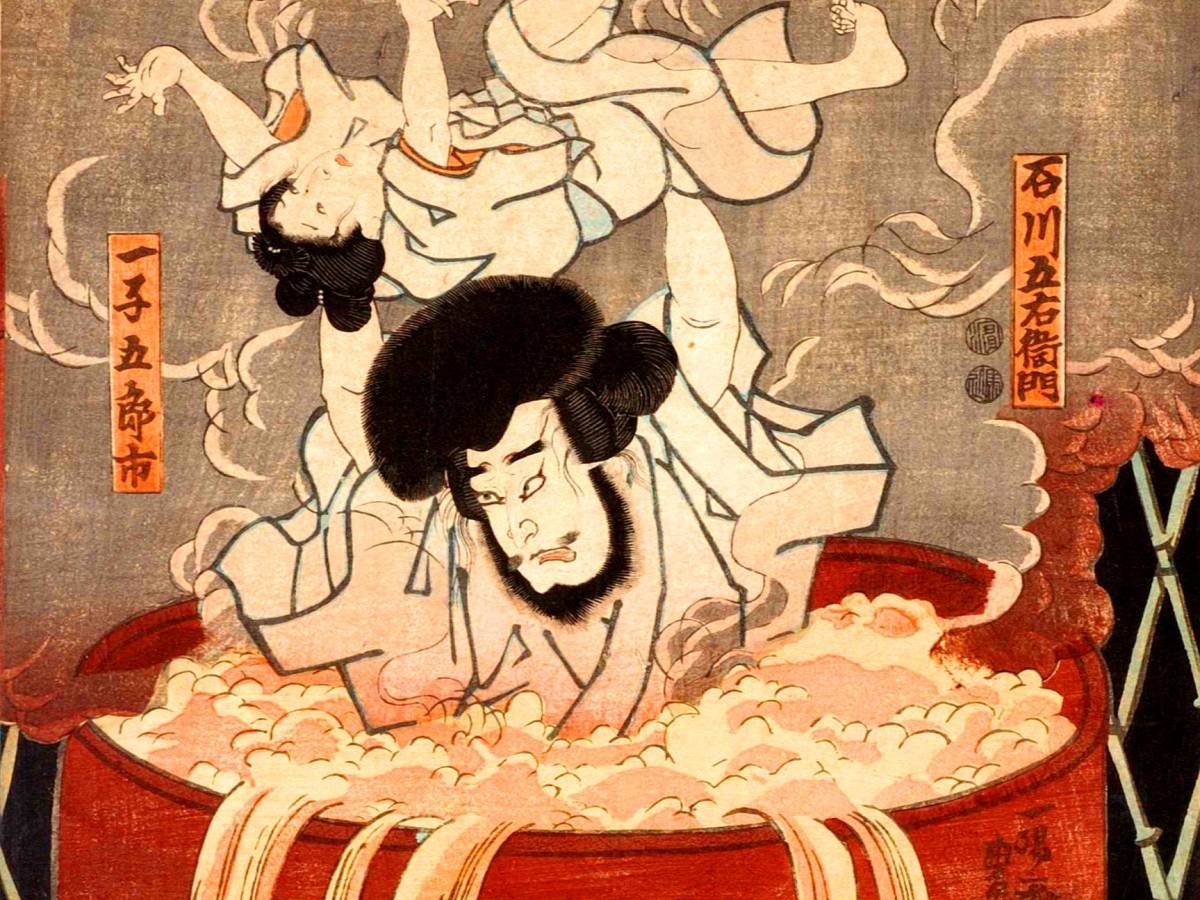This article explores some of the most gruesome and inhumane torture methods throughout human history. These techniques have inflicted severe pain and suffering on countless individuals across different cultures and time periods. The discussion of these methods serves as a reminder of the dark sides of human history and emphasizes the importance of human rights and ethical conduct in modern societies.
The Judas Cradle
The Judas Cradle was a particularly cruel method of torture used in Europe during the Middle Ages. The victim was placed on a pyramid-shaped seat, with the point inserted into their body, and weights added to the victim’s legs to increase the agony gradually. This technique focused on inflicting maximum humiliation and pain over extended periods, often resulting in deep psychological trauma and severe physical injuries.
Victims of the Judas Cradle often endured this torture for hours or even days, leading to fatal injuries and infections. The method was designed to be a public spectacle, heightening the sense of fear and deterrence. It was a stark example of the brutal measures societies were willing to employ to maintain control and punish those deemed as offenders or threats.
This torture method not only harmed the body but also shattered the spirit of the inflicted, making it one of the most barbaric practices in the annals of medieval punishment. The psychological impact on both the victims and the onlookers was profound, contributing to a culture of fear that supported the prevailing hierarchical structures of the time.
The Rack
Another infamous medieval torture device was The Rack. Designed to dislocate every joint of the victim’s body, this device gradually stretched the body with the turning of a handle. As the process unfolded, audible snaps and pops marked the dislocation of limbs, a sound that often struck fear into other prisoners awaiting their fate.
The Rack was not only used to inflict pain but also to extract confessions from suspects, as the torturers believed that increasing pain could compel even the most resilient prisoner to admit to any crime. Over time, the use of The Rack became synonymous with the abuse of power and the miscarriage of justice, often targeting the innocent and marginalized groups within society.
The strategic and prolonged application of pain through The Rack showcased the dark creativity in human torture and the depths of suffering one human could inflict on another under the guise of law and order. This method’s legacy is a sobering reminder of the potential for cruelty inherent in unchecked authority.
Scaphism
Scaphism, also known as the boats, was an ancient Persian method of execution that also constituted extreme torture. The victim was sandwiched between two boats, or hollowed-out logs, with only their head, hands, and feet protruding. They were then force-fed a mixture of milk and honey until they developed severe diarrhea, which, compounded with more honey applied to sensitive body parts to attract insects, led to a horrifying death by sepsis and insect infestation.
This method of torture was noted for its psychological torture elements, as the victim was fully conscious and experienced the gradual and agonizing approach of death. The combination of physical pain, psychological stress, and the drawn-out nature of death made Scaphism one of the most terrifying methods of torture and execution in antiquity.
The cruelty of Scaphism highlights not just the physical pain that torture methods can inflict, but also the psychological and emotional torment that can be engineered by the sinister minds of humans. This method’s particularly gruesome nature ensures its place as one of the most brutal chapters in the history of human cruelty.
The Brazen Bull
The Brazen Bull was an ancient Greek torture device that combined physical pain with psychological terror. Made entirely of bronze, this device was hollow with a door on the side that could be opened to insert the victim. Once inside, a fire was lit underneath the bull, and the metal slowly heated until the person inside was roasted to death.
The cruelty of the Brazen Bull was not just in the unimaginable pain caused by the searing heat but also in the acoustic engineering of the device. It was designed so the screams of the dying would be converted into the sound of a bull, adding a layer of sickening spectacle to the already gruesome execution.
This method’s use underscores the dual aspects of torture designed to punish the victim and serve as a terrifying deterrent to others. The audial dimension of the Brazen Bull’s operation made it a notorious symbol of tyrannical power and a chilling example of the lengths to which human cruelty can extend.
The exploration of these torture methods reveals not only the physical and psychological depths of human cruelty but also serves as a crucial reflection on the importance of human rights and ethical governance. Each method discussed highlights the dire consequences of allowing power to operate without accountability and the essential need for protections against such abuses.
As we reflect on these historical atrocities, it becomes imperative to champion the cause of human rights and to ensure such brutal tactics are never repeated in any form or context. The preservation of human dignity and the prevention of torture are fundamental to the progress of humane and just societies.
In conclusion, while these methods are a part of our history, they should also serve as a grim reminder and a call to action to uphold and protect human rights everywhere, preventing history’s darkest aspects from repeating themselves.









